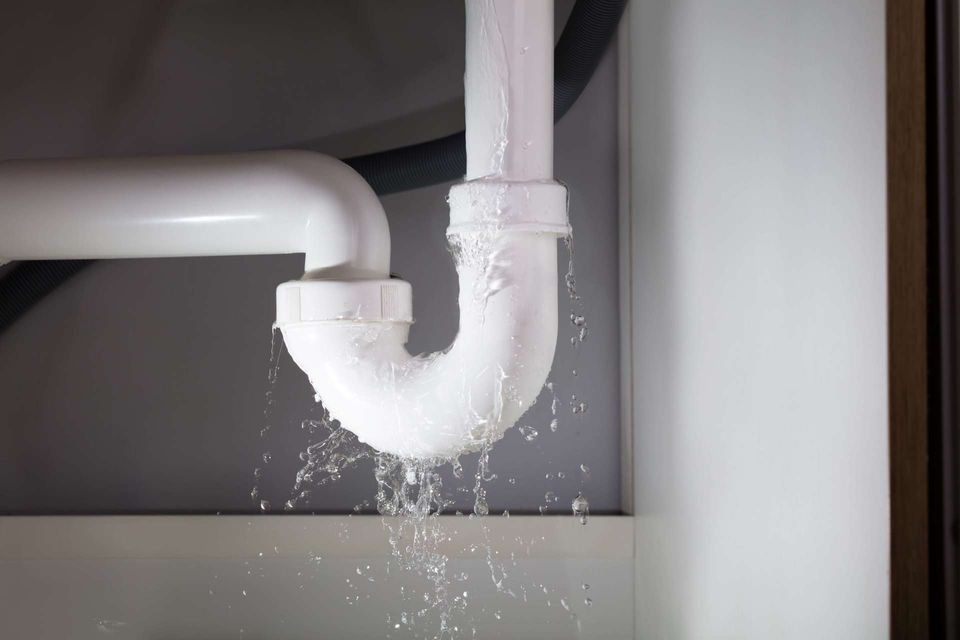How to Locate and Repair Water Leaks-- A Comprehensive Guide
How to Locate and Repair Water Leaks-- A Comprehensive Guide
Blog Article
Do you find yourself trying to locate tips about Finding hidden leaks?

The moment you locate a leakage, calling your plumber for repairs is the most effective service. However, some little water leaks might not be visible. If you can not discover it with your nude eyes, right here are some hacks that aid.
Early detection of dripping water lines can mitigate a potential disaster. Aside from saving you money, it will lessen the irritation as well as irritation.
Check Water Intake
Examine your water expenses and track your water intake. As the one paying it, you should discover if there are any type of disparities. If you identify sudden changes, regardless of your consumption being the same, it suggests that you have leakages in your plumbing system. Keep in mind, your water expense must fall under the very same variety on a monthly basis. A sudden spike in your expense suggests a fast-moving leakage.
A consistent increase every month, even with the very same habits, shows you have a sluggish leak that's additionally gradually rising. Call a plumber to thoroughly check your building, particularly if you really feel a warm location on your flooring with piping underneath.
Examine the scenario and evaluate
Property owners ought to make it a routine to inspect under the sink counters and also also inside cupboards for any bad odor or mold development. These two warnings show a leakage so prompt attention is called for. Doing regular inspections, also bi-annually, can conserve you from a major issue.
Examine the Water Meter
Checking it is a surefire method that aids you find leakages. If it moves, that indicates a fast-moving leakage. This implies you may have a slow leakage that can even be underground.
Asses Outside Lines
Don't neglect to inspect your outdoor water lines also. Should water leak out of the connection, you have a loosened rubber gasket. One tiny leak can waste bunches of water and also spike your water bill.
Do a Food Coloring Examination
30% comes from commodes when it comes to water usage. Examination to see if they are running effectively. Decrease flecks of food color in the tank and wait 10 mins. There's a leak in between the container and bowl if the shade somehow infiltrates your dish during that time without flushing.
Much more importantly, if you know your residence is currently old, maintain a watchful eye on your heating units, hose pipes, pipelines etc. Look for stainings and damaging as many pipelines and home appliances have a life expectancy. They will also normally deteriorate because of wear and tear. If you suspect dripping water lines in your plumbing system, do not await it to escalate. Call a professional plumber today so you do not end up with an awful mess in your home.
The minute you find a leak, calling your plumber for fixings is the finest option. Some tiny water leakages may not be visible. Examining it is a proven method that aids you uncover leakages. One small leak can squander loads of water as well as increase your water expense.
If you believe dripping water lines in your plumbing system, don't wait for it to rise.
How to Know If Your Home Has a Hidden Leak
Water Meter Reveals Inexplicable Water Usage
If you’d like to test whether or not there’s a leak somewhere in your home, you can do this using your water meter. Here is how to conduct the test:
Don’t use any water in your home for at least 30 minutes; this also means not turning on faucets or water-using appliances.
Go outside, and check your water meter for activity.
If your water meter shows that there was activity, even though no one was using any water, this proves that there is a leak in your home.Visible Mold or Mildew Growth
Leaks behind walls create moist, dark environments that allow mold and mildew to grow and thrive. Eventually, you might see mold growth forming on the wall closest to a hidden leak.
If mold is growing in an area that receives a high amount of moisture, such as a bathroom, it may simply be an indication that better ventilation is needed. However, if you see mold growth on a wall or the ceiling in an area where you would not expect, you probably have a hidden leak.
Musty, Mildew Odor
Sometimes you might not be able to see the mold or mildew that is growing as a result of a leak. However, the smell can give the problem away just as easily. If you catch a whiff of something musty, there’s a good chance that old water is collecting somewhere in your home that you can’t see.
Stained/Warped Walls, Ceilings, or Floors
When your home soaks up water, a variety of red flags can become visible, including ceiling stains, bubbling drywall, warped walls, and sagging floors. While these issues can be caused by excess humidity, they can also be signs that a pipe or plumbing connection has started leaking behind your walls.
Inexplicably High Water Bill
After a while, you get a general sense for what your water bill should be. If you own a pool or sprinkler system, your bill will tend to be higher during summer. However, if you receive a water bill that seems especially high, and you can’t figure out what caused it, then you may have a hidden leak somewhere that’s increasing your bill.
https://www.plumbingjoint.com/blog/2019/july/how-to-know-if-your-home-has-a-hidden-leak/

I discovered that review on Top leak detection hacks when surfing around the web. Liked our write-up? Please share it. Help someone else check it out. Thanks a bunch for your time. Don't forget to pay a visit to our blog back soon.
Report this page